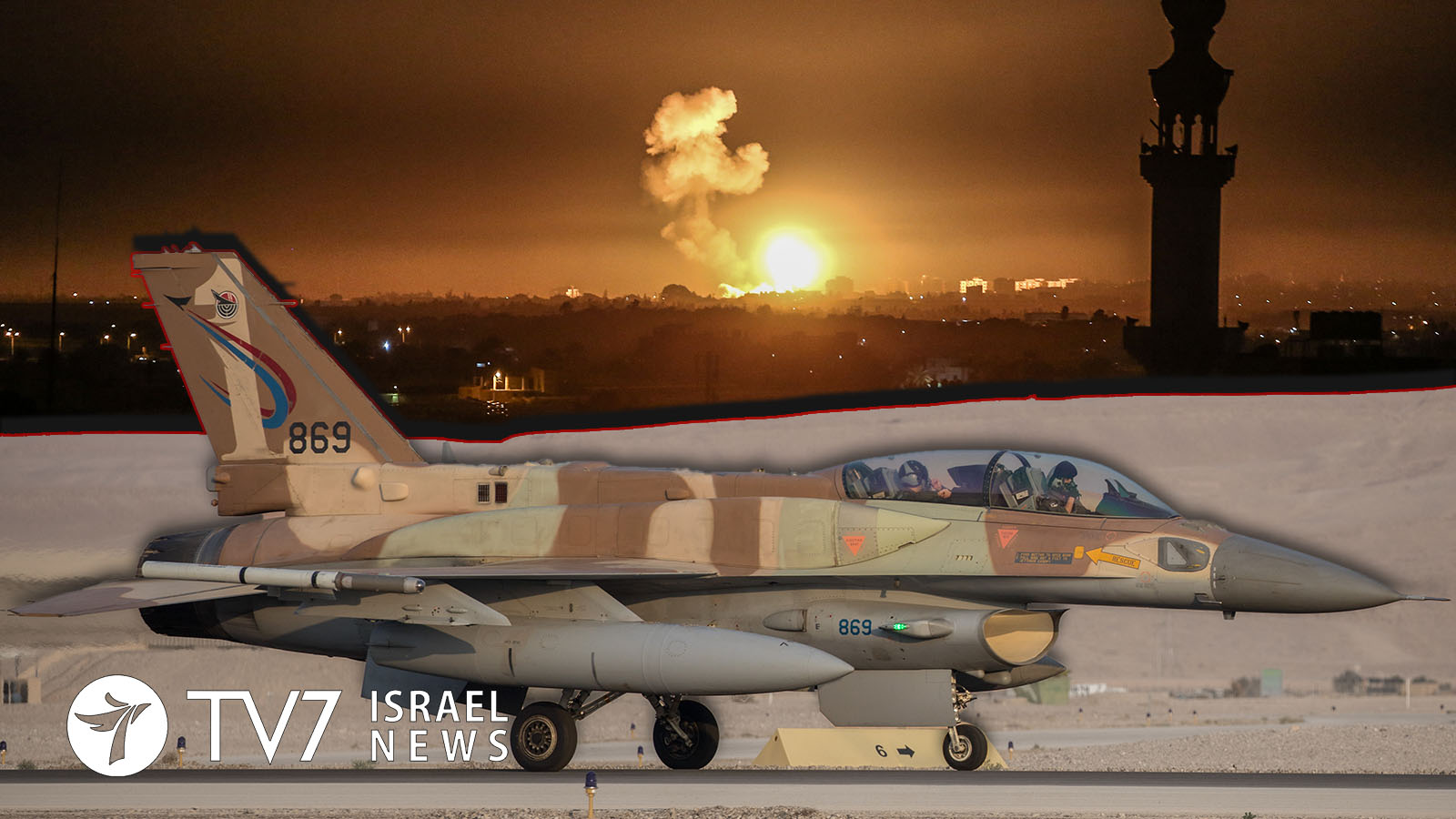Israel has significantly stepped up air strikes on suspected Iranian missile and weapons manufacturing sites in Syria to obliterate a stealthy military encroachment by its regional arch-enemy.
Analysis by the Britain-based Jane’s Defence Weekly magazine on military and corporate affairs found that the IDF used 4,239 weapons against 955 targets over a 3-year span, with 70% of Israeli Air Force pilots involved in the campaign and the new F-35I Adir fighter jets leading dozens of missions.
Iran has been capitalizing on its longtime alliance with Syria to establish advanced missile and arms installations inside of pre-existing underground compounds in the Arab Republic to develop a sophisticated arsenal within range of Israeli population centers, according to Israeli and Western intelligence sources and Syrian defectors.
The Ayatollah regime has repeatedly threatened to obliterate Israel, which has responded to stem malign Iranian actions through a selective combination of military and covert actions – including what Tehran alleges have been sabotage attacks on its nuclear program.
Iran has previously acknowledged the deployment of military advisers to Syria to help Assad’s forces, in accordance with a policy of “resisting” Israeli and American power in the wider Middle East.
IDF Chief of Staff Lt. Gen. Aviv Kochavi revealed in December that more than 500 Israeli missile strikes in 2020 alone had “slowed down Iran’s entrenchment in Syria,” while underscoring that “we still have a long way to go to reach our goals in this arena.”
3 Israeli security officials and 2 from the West familiar with the matter told Reuters that Jerusalem was able to tolerate the entry of thousands of Iranian militia fighters from Lebanon, Iraq and Afghanistan into Syria to fight alongside President Bashar al-Assad against insurgents, but the IDF is now taking aim at the Islamic Republic’s penetration into Syria’s military infrastructure now that the decade-long civil war has nearly been won by regime forces with critical help of Iranian and Russian forces.
The expanded Israeli campaign includes IAF warplane, missile and drone strikes on a wider range of Iranian targets in Syria this past year compared to the previous 5 years, from suspected guided missile research and production facilities to arms storage depots.
Israel’s latest strike occurred early yesterday morning, when it targeted al Dumair on the northeastern outskirts of Damascus. Iranian-backed militia have a strong presence in the area, which has repeatedly been hit in the past.
The Euphrates river city of Al Bukamal in eastern Syria near the crossing into Iraq has also been the location of friction since January, when of Iran’s Islamic Revolutionary Guards Corps (IRGC) extra-territorial special Quds Force bolstered its presence there by flanking a road corridor for heavy weapons convoys from Iraq, say 2 Israeli intelligence sources who cited ramped up drone surveillance and local contacts on the ground.
Israeli bombs reportedly demolished underground sections of the Imam Ali military base near the Al Bukamal in January. The attack is believed to be just one of several over the past year that destroyed subterranean tunnels used to store trucks or move advanced weapons systems.
“It’s been…months of painful hits, not (any more) limited to the Golan Heights or southern Syria (close to Israel) or around the outskirts of Damascus, they’ve gone north to Aleppo and Hama and to Al Bukamal on the Iraqi border,” a Syrian military defector, Brig. Gen. Ahmad Rahal, told Reuters.
Other specific targets in Israel’s crosshairs include 5 facilities operated by the Scientific Studies and Research Center (SSRC) of Syria’s military industrial complex, staffed by dozens of scientists and engineers from several Iranian Defense Ministry-associated firms.
In support of Israel’s campaign, the United States Treasury imposed sanctions on 271 SSRC employees, on charges of responsibility for the development of non-conventional weapons including poison gas and related delivery systems. Washington also added a facility near Masyaf in western Syria – which has been targeted by IDF strikes twice over the past 6 months – to its sanctions blacklist for chemical weapons development.
The US carried out air strikes on Iranian-backed Shi’ite militia sites in far eastern Syria on the border with Iraq on 25 February after rocket salvoes were fired at bases in Iraq housing American troops.
Intelligence officials and Syrian military defectors say that Iran has responded to the intensifying pressure from Israel by redeploying its proxies away from Syria’s southwest border with Israel toward the eastern frontier. Residents in the eastern Deir az-Zor region have reported that Iranian militia flags have been hung on decoy rocket launchpads and deserted farm barracks on main highways in attempts to divert Israeli attacks from genuine facilities.
Military analysts believe that a Iran would have succeeded in creating a strategic staging ground just over Israel’s border if the IDF had not escalated its air campaign.
“Had (Israel) not intervened, the situation could have been 10 times worse. The Iranians are paying an ongoing price with many weapons being destroyed. Of course, it has an impact on their activities but it does not solve the problem. Iran is determined to stay in Syria,” said Brig. Gen. Yossi Kuperwasser, a frequent TV7 guest who is the former Director General of Israeli’s Strategic Affairs Ministry and ex-head of the research wing of Israeli military intelligence, speaking to Reuters.
“We want to prevent Iran turning Syria into a Iranian base close to Israel that may bring a drastic strategic change in the situation…That’s why we keep pounding Iranian bases so they don’t take control of the country,” Kuperwasser stressed.
